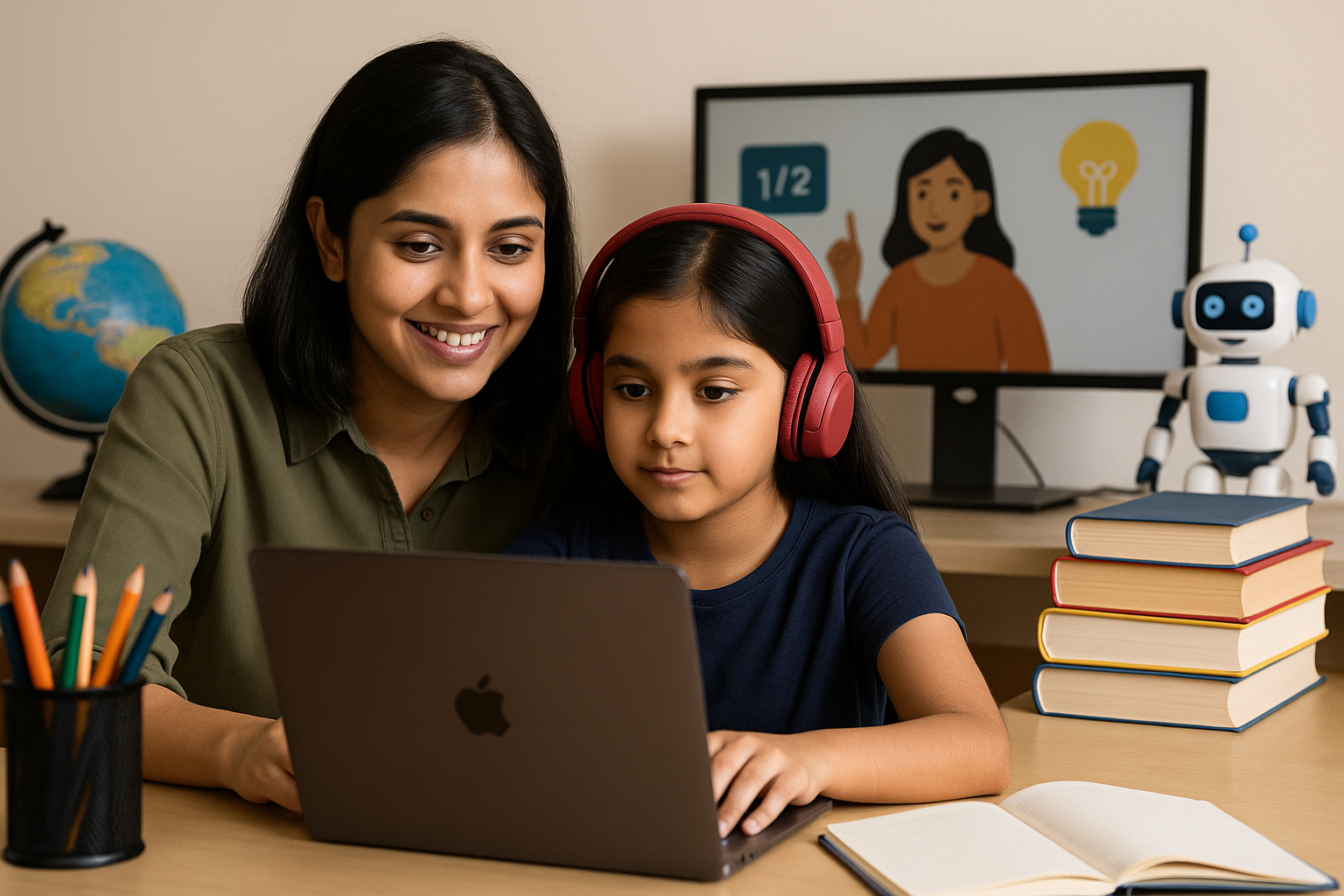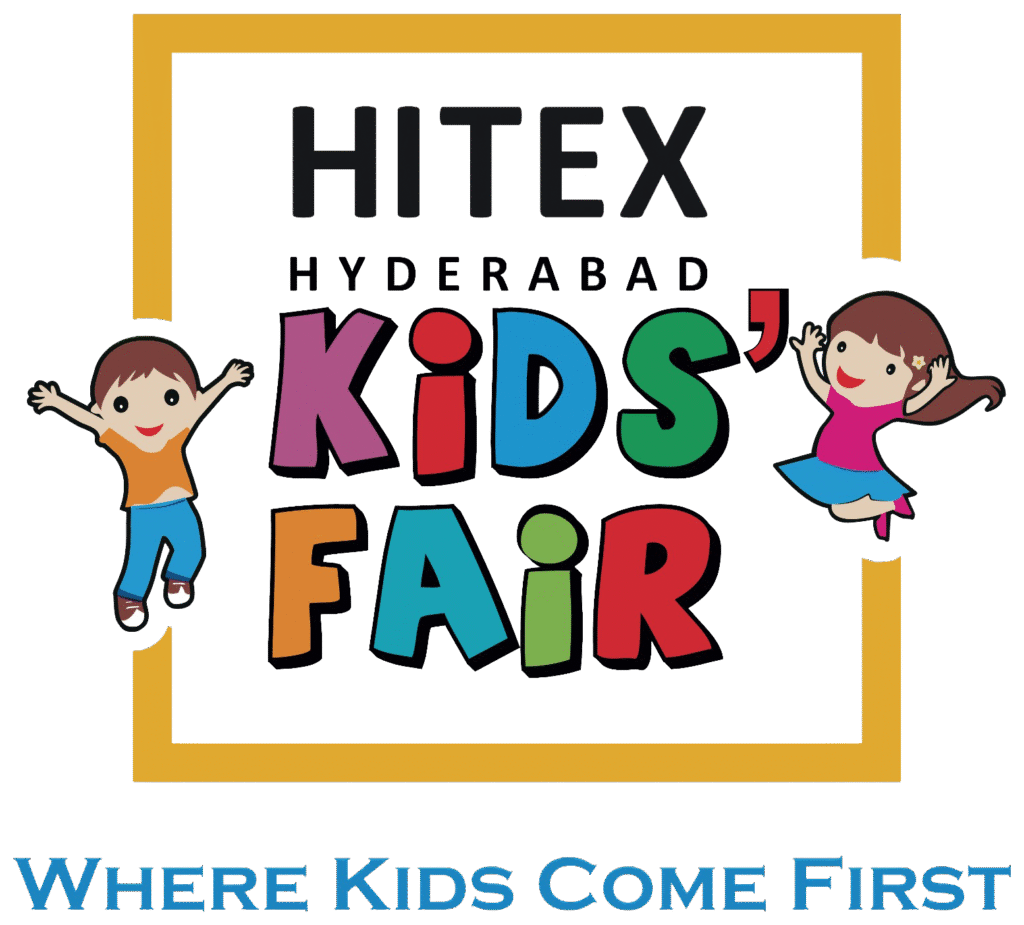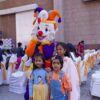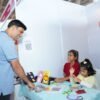-
Email: [email protected]
-
Phone: +91 91212 11135

Exploring the Best Learning Tools for Kids in 2025
Walk into any kid’s study space today, and you’ll see a mix of books, sketchpads, tablets, flashcards, and maybe even a coding robot. The way children learn is no longer limited to just one format; and that shift is reshaping both how we teach and what we buy.
In 2025, parents are more intentional than ever about choosing learning tools that are fun, effective, and future-ready. Whether it’s a colorful workbook or an interactive learning app, every tool plays a role in how kids explore the world around them.
What’s Trending in Kids’ Learning Tools?
Physical Books and Stationery Are Still Going Strong :
Despite the rise of digital tools, printed books, notebooks, and art supplies continue to hold their ground. Reading from a physical book helps with comprehension and focus, especially in early learners. Meanwhile, tools like activity books, handwriting practice sheets, and DIY craft kits are still parents’ go-to choices to reduce screen time and boost creativity.
Growth of Digital Learning Apps and Devices :
Edtech for kids has exploded in recent years; and the growth isn’t slowing down. In fact, the global edtech market for K-12 is projected to reach over $130 billion by 2027, with a major chunk driven by mobile learning and gamified content. Learning apps today are more than just games; they’re tailored, curriculum-friendly tools that adapt to a child’s level and pace.
Smart Tools for Smarter Learning :
2025 is also seeing a rise in STEM kits, AR-based learning toys, and interactive story platforms. These tools combine fun and education, helping kids develop problem-solving skills and creativity in real-time. Products that once felt futuristic — like voice-assisted learning and screen-free coding toys; are now regular items in many homes.
Why Both Offline and Online Tools Matter :
Parents and educators are no longer choosing between “books or tablets.” It’s now about finding the right balance. Many children today use a mix of screen and paper; reading a printed book at bedtime, solving math puzzles on a tablet in the afternoon, or drawing on a sketchpad during a break.
This blended learning approach is not only more flexible, but also more effective. It allows kids to switch modes, stay engaged longer, and absorb information in multiple formats.
What This Means for Parents in 2025 ?
There’s no single “best” tool; and that’s a good thing. The variety in today’s learning products means there’s something to match every child’s personality, learning style, and interest.
Whether it’s a traditional book, a colorful workbook, a digital story app, or a STEM-based robot; each tool adds value. Together, they create a richer, more well-rounded learning experience that prepares kids for both school and life.
Recent Posts
- The Happiest Kids Event of December! All the Fun Waiting at Hyderabad Kids Fair
- Best Weekend Plans in Hyderabad for Kids and Families – 2025 Edition
- 7 Powerful Reasons Every Parent Should Teach Entrepreneurship to Kids
- Attention Kids Brands: Exhibitor Registrations Now Open for 18th Edition of Hyderabad Kids Fair.
- Exploring the Best Learning Tools for Kids in 2025





